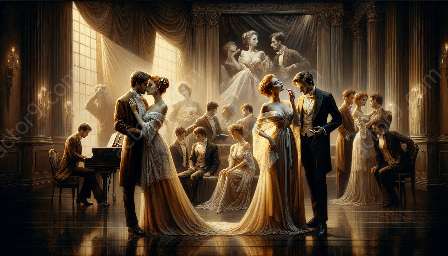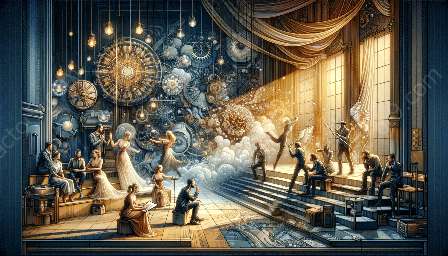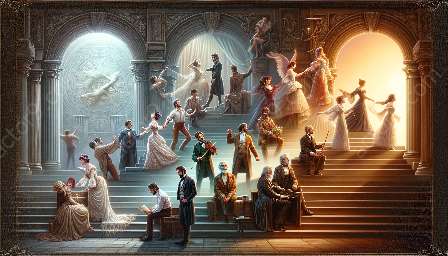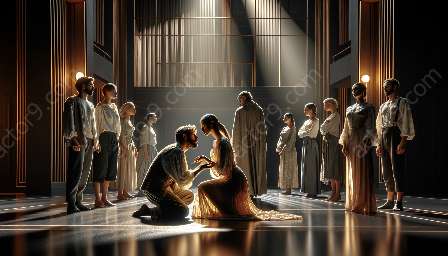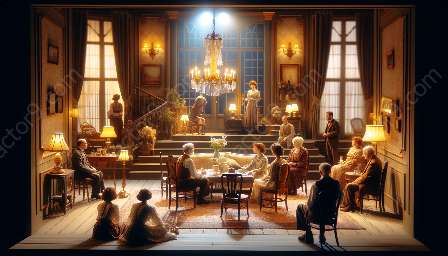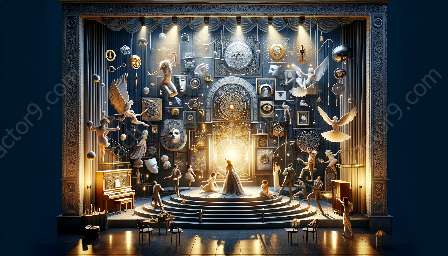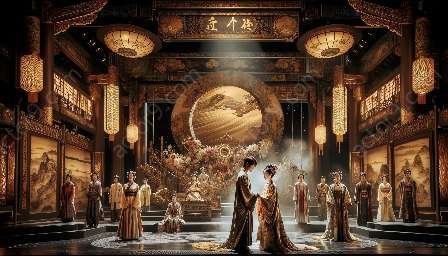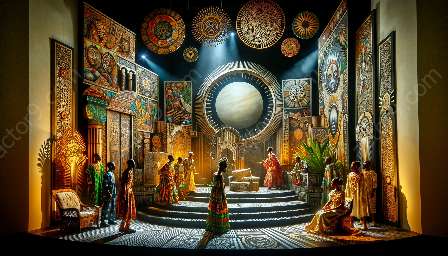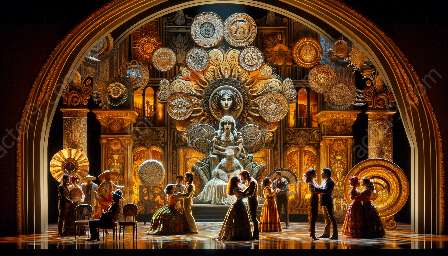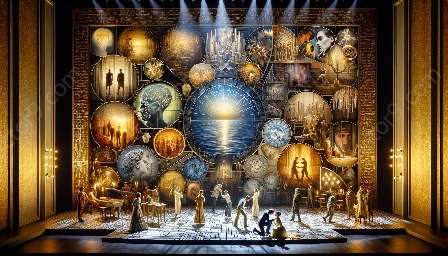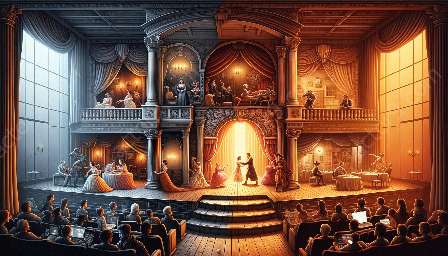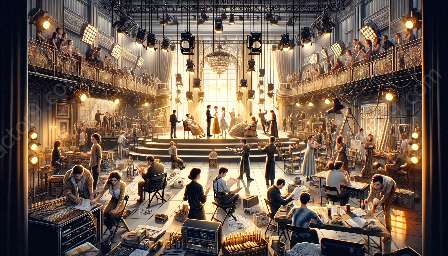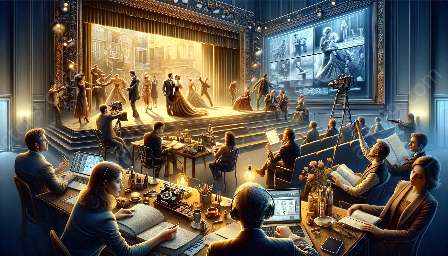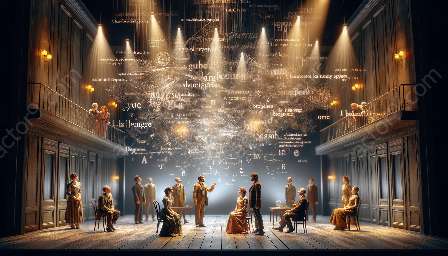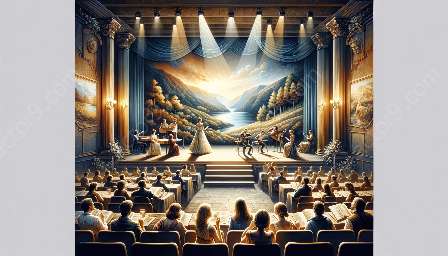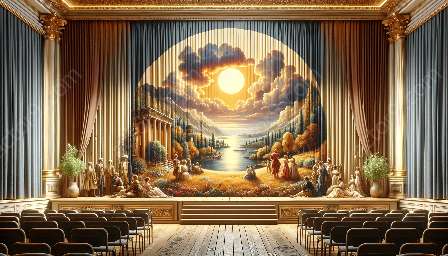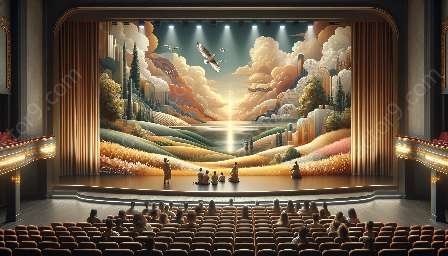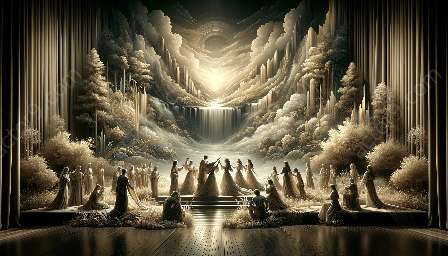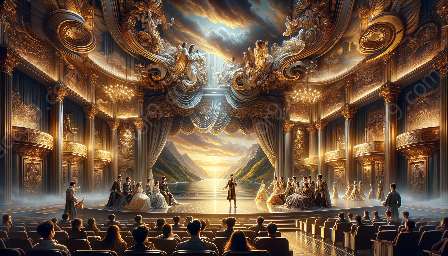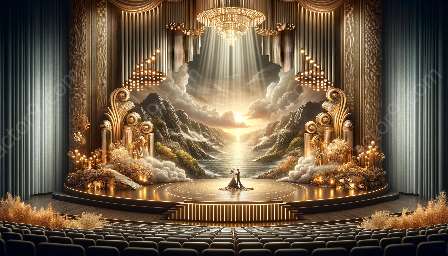Modern drama has evolved differently across geographical regions, giving rise to unique approaches, themes, and styles. From the impact of historical events to cultural influences, each region's modern drama reflects its distinct characteristics. Let's explore the major differences in modern drama across different geographical regions.
History of Modern Drama
The history of modern drama is marked by significant shifts in theatrical conventions, storytelling techniques, and societal influences. Emerging in the late 19th and early 20th centuries, modern drama was deeply impacted by the changing world order, industrialization, urbanization, and technological advancements. It was a period of innovation and experimentation, leading to the diversification of theatrical forms and the emergence of new voices in drama.
Major Differences in Geographical Regions
1. Western Modern Drama: Western modern drama, particularly in Europe and North America, emphasized realism, psychological depth, and social critique. Playwrights such as Henrik Ibsen, Tennessee Williams, and Arthur Miller explored complex human relationships, societal norms, and political issues in their works. Theatrical movements like naturalism and expressionism further shaped the theatrical landscape, contributing to an introspective and thought-provoking approach to storytelling.
2. Asian Modern Drama: In contrast, modern drama in Asia drew heavily from traditional theatrical forms, mythologies, and cultural rituals. Playwrights and directors sought to blend ancient storytelling traditions with contemporary themes, often exploring spirituality, identity, and the impact of colonialism. The works of influential figures like Yukio Mishima in Japan and Tagore in India exemplify the fusion of traditional and modern elements, creating a rich tapestry of dramatic expression.
3. African Modern Drama: African modern drama emerged as a vehicle for voicing the struggles, aspirations, and triumphs of a continent undergoing profound political and social transformations. Playwrights such as Wole Soyinka and Athol Fugard highlighted the complexities of post-colonial societies, grappling with issues of identity, power, and cultural heritage. The vibrant oral storytelling traditions of Africa also informed the development of modern theatrical forms, infusing performances with rhythm, music, and communal engagement.
4. Latin American Modern Drama: The diversity of Latin America's cultural landscape is reflected in its modern drama, where magical realism, political upheavals, and the legacy of colonialism converge. Playwrights like Gabriel García Márquez and Ariel Dorfman crafted narratives that defied conventional boundaries, blending fantastical elements with socio-political commentary. The fusion of indigenous traditions, European influences, and contemporary realities gave rise to a dynamic and eclectic theatrical tradition.
Global Impact of Modern Drama
Despite the regional variations, modern drama has transcended geographical boundaries to become a powerful medium for storytelling, social critique, and cultural exchange. The emergence of global theater festivals, collaborative productions, and cross-cultural adaptations has facilitated a rich dialogue between diverse theatrical traditions, fostering mutual understanding and creative innovation.
By acknowledging the major differences in modern drama across different geographical regions, we gain a deeper appreciation for the complexities and richness of global theatrical expressions. Each tradition offers valuable insights into the human experience, historical contexts, and socio-cultural dynamics, shaping the landscape of modern drama in profound ways.

